Description
A handbook on Mechanical Engineering typically serves as a comprehensive reference guide for professionals and students in the field of mechanical engineering. It covers a wide range of topics, including fundamental concepts, design principles, materials, thermodynamics, fluid mechanics, manufacturing processes, and more. The content is organized for easy navigation and is filled with equations, formulas, charts, and practical guidelines for real-world applications.
Here’s a brief outline of what such a handbook may include:
### 1. **Introduction to Mechanical Engineering**
– Overview of mechanical engineering as a discipline
– Historical development and modern trends
– Key subfields (e.g., thermodynamics, robotics, materials science, fluid dynamics)
### 2. **Mechanics and Kinematics**
– Statics and dynamics: Forces, equilibrium, and motion
– Kinematics of machines and mechanical systems
– Work, energy, and power
– Dynamics of rigid bodies and systems
### 3. **Materials Science**
– Properties of materials (strength, ductility, hardness, etc.)
– Material selection and failure analysis
– Heat treatment and material processing techniques
– Composites, polymers, and alloys
### 4. **Thermodynamics and Heat Transfer**
– Laws of thermodynamics
– Heat engines and refrigeration cycles
– Thermal properties of materials
– Heat transfer mechanisms: conduction, convection, and radiation
– Entropy and exergy analysis
### 5. **Fluid Mechanics**
– Properties of fluids
– Fluid statics and dynamics
– Fluid flow, Bernoulli’s principle
– Pumps, turbines, and compressors
– Computational Fluid Dynamics (CFD)
### 6. **Mechanical Design and Manufacturing**
– Engineering design process and analysis
– Stress analysis and fatigue
– Machine elements (gears, bearings, shafts, etc.)
– CAD (Computer-Aided Design) and CAM (Computer-Aided Manufacturing)
– Manufacturing methods (casting, machining, welding, additive manufacturing)
### 7. **Vibration and Control**
– Vibration analysis and damping
– Control systems in mechanical engineering (PID controllers, feedback loops)
– Dynamic systems and responses
– Structural dynamics and analysis
### 8. **Strength of Materials**
– Stress and strain analysis
– Bending, torsion, and shear forces
– Beam theory and column buckling
– Design of structural components
### 9. **Energy Systems**
– Renewable and non-renewable energy systems
– Power plants and energy conversion
– Energy efficiency and sustainability
### 10. **Robotics and Automation**
– Robotic kinematics and control
– Automation and process control systems
– Sensors and actuators in robotics
– Industrial automation systems and mechatronics
### 11. **Computational Methods and Finite Element Analysis (FEA)**
– Numerical methods in mechanical engineering
– Finite element analysis for stress and thermal analysis
– Computational mechanics and simulation tools
### 12. **Engineering Ethics and Professional Practice**
– Codes of ethics in mechanical engineering
– Project management and teamwork
– Intellectual property and patents in engineering
– Communication skills for engineers
### 13. **Appendices**
– Conversion tables (units, temperature scales, etc.)
– Mathematical formulas and equations
– Standard material properties
– Engineering charts and graphs
### 14. **References and Further Reading**
– Recommended textbooks
– Research papers and industry standards
– Journals, websites, and professional organizations (e.g., ASME)
A **Mechanical Engineering Handbook** will vary in scope, with some being concise and others highly detailed. If you’re looking for a specific type of handbook (e.g., for design, materials, thermodynamics, etc.), you can target the area that best suits your needs.
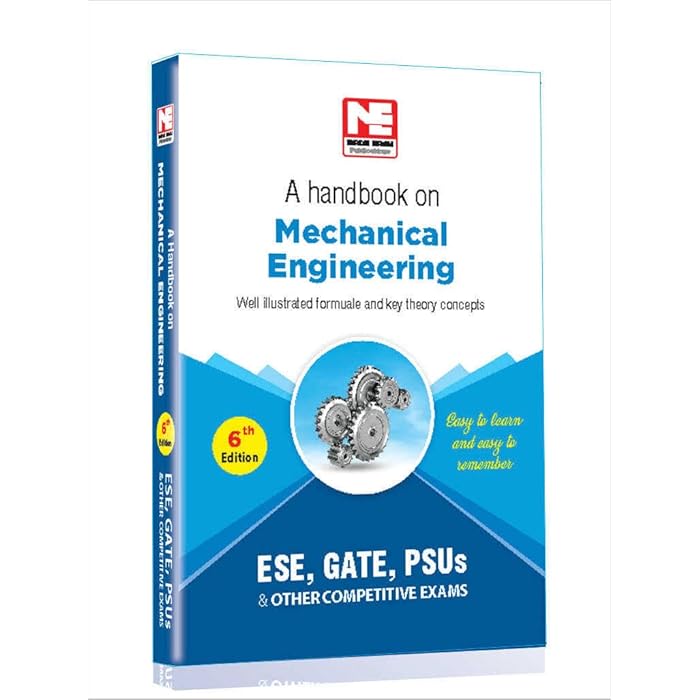

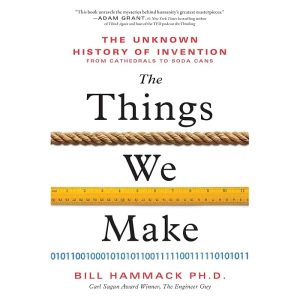
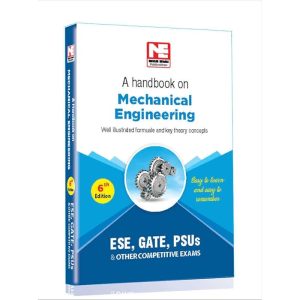
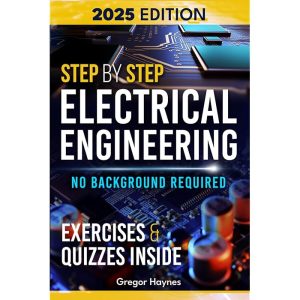
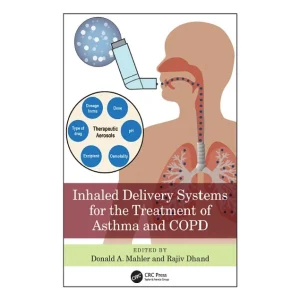







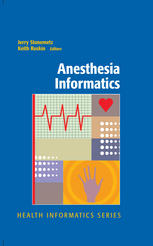

Reviews
There are no reviews yet.